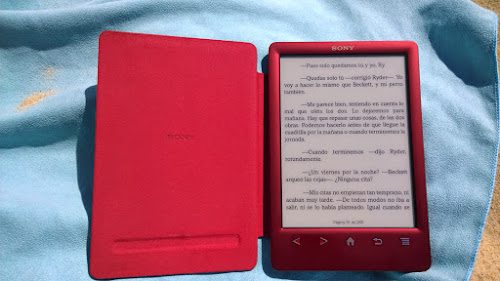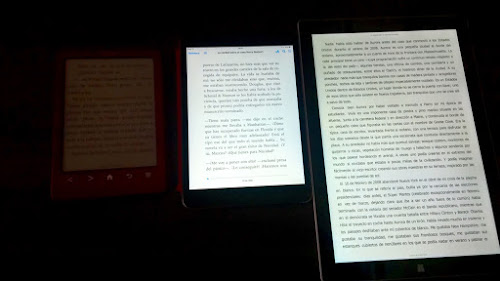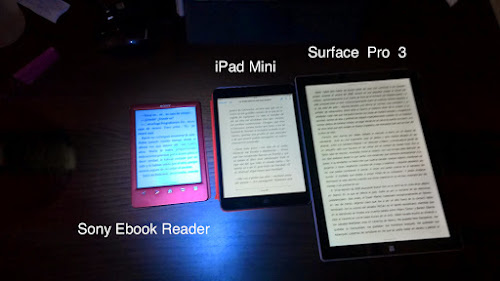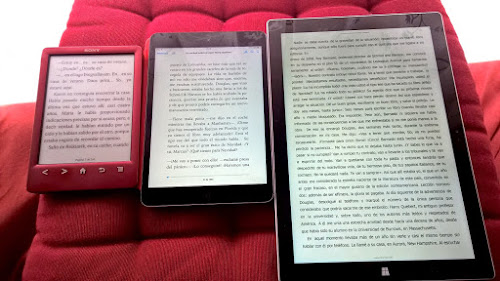Is the current iPad Pro a real computer replacement?

This is a question that many users ask themselves when choosing a device to work, study or entertain themselves. In this article we will analyze the reasons why the iPad Pro can be considered as a computer and the shortcomings that it still has compared to a PC or a Mac.
Reasons why the iPad Pro is a computer:
– It has a very powerful processor, the Apple M2, which allows it to run demanding applications such as Photoshop, LumaFusion or Procreate smoothly and without performance problems.
– It has a high quality screen, with Liquid Retina XDR technology, which offers a resolution of 2732 x 2048 pixels, a brightness of up to 1600 nits and a contrast of 1,000,000:1. In addition, it has a refresh rate of 120 Hz, which makes the movements smoother and more fluid.
– It has an operating system optimized for touch use, iPadOS, which incorporates functions such as Slide Over, Split View, Picture in Picture or Scribble, which allow you to make the most of the screen and the interaction with the Apple Pencil. It also has the Stage Manager for multitasking, which allows you to see and switch between several open applications with ease.
– It has a wide variety of compatible accessories, such as the Magic Keyboard, the Smart Keyboard Folio, the Smart Folio or the Apple Pencil, which expand the possibilities of the iPad Pro and make it a more versatile and productive device. You can also connect it to an external monitor via a USB-C cable or an adapter base, which offers a larger work surface and better viewing.
– It has a long-lasting battery, which according to Apple offers up to 10 hours of autonomy with a single charge. In addition, it can be recharged quickly with the 20 W USB-C charger that comes included in the box.

Shortcomings why the iPad Pro is not a computer:
– It has limitations in file management, as it does not have a traditional folder system and depends largely on iCloud or other cloud storage applications. However, you can connect external drives or USB memory sticks using a USB-C adapter, which makes it easier to connect with other devices or transfer data.
– It has restrictions on compatibility with some applications, as it cannot run programs designed for Windows or Mac OS, such as Microsoft Office, Adobe Premiere or Final Cut Pro. Although there are versions adapted for iPadOS of some of these applications, they do not offer all the functions or the same user experience as on a computer.
– It has difficulties to adapt to some work scenarios, such as professional video or audio editing, programming or graphic design. Although the iPad Pro has enough power to perform these tasks, it does not have the appropriate tools or ergonomics to do it comfortably and efficiently.
– It has a high price, which can exceed 2000 euros if you opt for the 12.9-inch model with 2 TB of storage and add the most expensive accessories. For that money you can buy a laptop or desktop computer with better features and more customization options.

Conclusion:
The iPad Pro is an amazing device, which offers great power, an excellent screen and a good autonomy. However, it is not a real computer replacement, but rather a complement or an alternative for certain uses. It still has important shortcomings in terms of file management, application compatibility and adaptation to some work scenarios. Therefore, before buying it you have to be clear about what you expect from the iPad Pro and what you really need to work, study or entertain yourself.




























